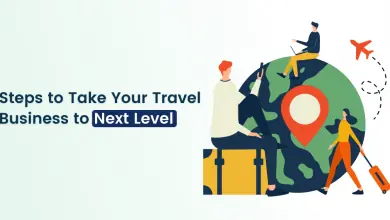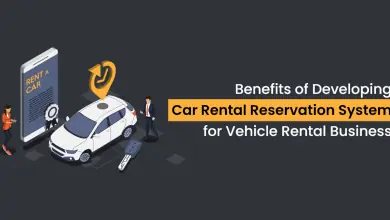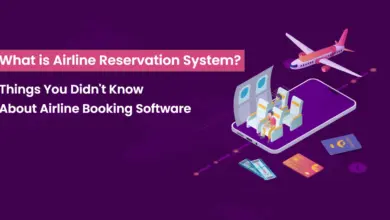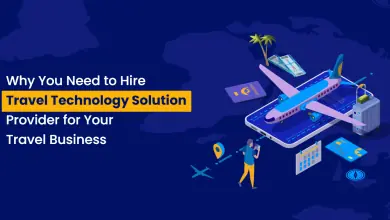Building a Travel Platform? Here’s how you can Avoid Costly Mistakes
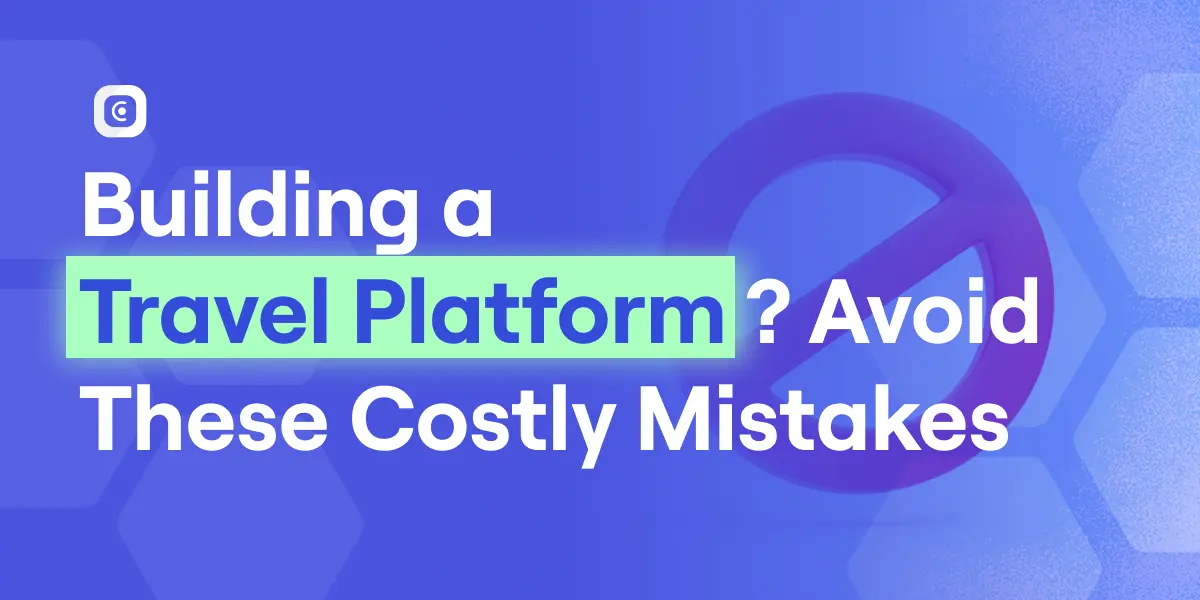
Gone are the days when travelers could be easily swayed from custom packages and basic services. With emerging AI trends and growing travel demands of modern-day customers, companies will have to think outside the box. However, building a travel platform is not that simple, as there are multiple challenges ahead.
From overbooked flights to extreme weather conditions, travelling can be full of surprises. To minimize the impact caused by such factors, today we’ll discuss what mistakes to avoid while building a travel platform. By taking care of the discussed factors, you’ll be able to craft seamless experiences and prepare your infrastructure for scale.
In this blog, we highlight the most common and costly mistakes made when building a travel platform – and how you can avoid them.
12 Common Travel Platform Mistakes (and How to Avoid Them)
Without any delay, let’s unravel common mistakes one by one and the possible ways a company can avoid them while building a travel platform.
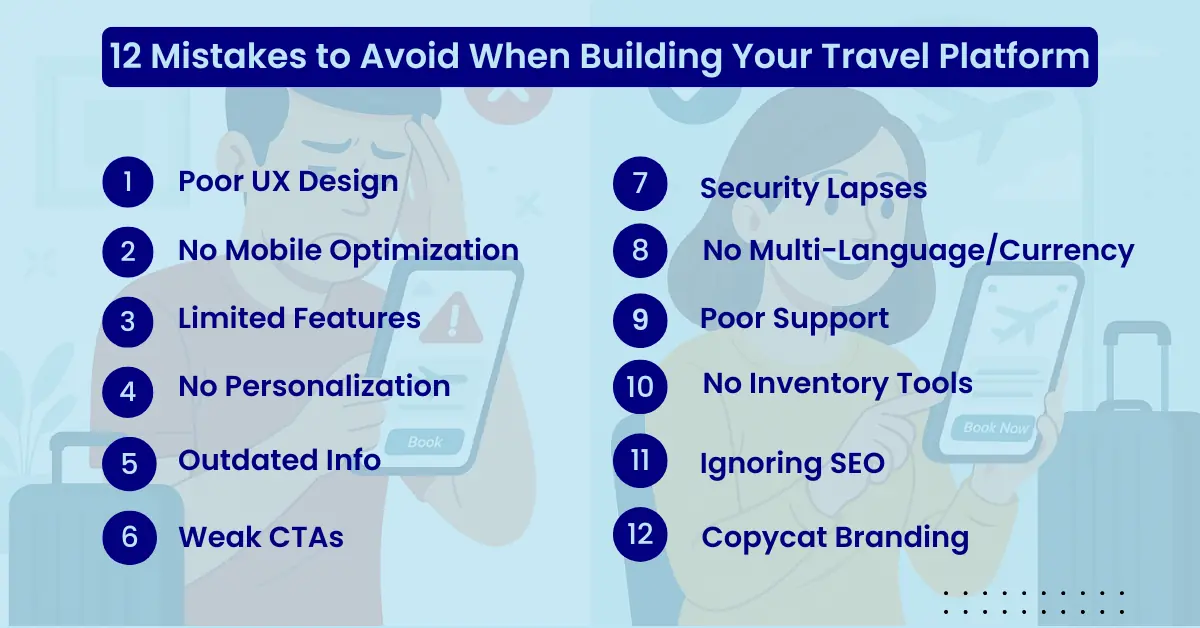
1. Neglecting User Experience (UX)
Most companies forget to prioritize user experience during travel app development. In today’s era, where every business is after providing a seamless experience, a travel solution with poor UI and clunky design will be rejected instantly. With so many options available in the market, no traveler will stick with a platform that lacks intuitive navigation.
The only way to avoid this occurrence from affecting your business is to prioritize UX audits and regularly collect user feedback. Listen to your customers’ needs and focus on providing a personalized solution that not only provides real-time information but also boasts a simplified booking flow for all ages.

2. Ignoring Mobile Optimization
Most frequent travelers are used to making their bookings on the go. In recent years, the number of customers booking their travel on mobile has grown significantly. As a result, businesses must focus on developing a mobile-responsive design during travel website development.
By enabling the users to access the travel services both via web and app, you can provide lightning-fast services in mobile-friendly interfaces. Additionally, even when you expand your services in the future, apps and websites can be scaled according to their requirements with minimum hassle.
3. Limited Content and Functionality
Now is the time to provide users with multiple options, allowing them to create personalized itineraries. If you’re stuck providing only one service, like flights, without any upsell or package options, then your travel platform is far from success. Limited functionality will not only drive your customers away but also affect your overall performance.
Now that app development has become relatively easy, companies must go for creating a unified platform. By allowing users to book hotels, car rentals, flights, cruises, and much more in one portal, you can become the fan favorite in no time. This will also enable you to scale the most popular modules for a specific audience or region.
4. Lack of Personalization
Personalization is yet another important factor that should not be overlooked. It allows you to understand your customers’ preferences and provide services relevant to their requirements. For a hotel booking engine, try to understand what your audience wants according to budget, schedules, seasons, etc.
If your portal provides only a static listing, then ultimately, the engagement will be lower than expected. Use AI/ML solutions to learn the user behavior from their past bookings and start recommending suitable options to improve engagement. You can also consider running the best promotion offers categorized according to trend for a better chance at success.
5. Inaccurate or Outdated Information
Nothing ruins the experience for a traveler than inaccurate or outdated information. If your travel platform fails to provide the relevant and accurate data for flights, hotels, cruises, car rentals, etc, then no customer will ever use your services again. This distrust deeply impacts the customer relationship.
The only way to prevent this from happening is to ensure that your travel portal is integrated with popular GDS API integrations such as Amadeus, Travelport, and Sabre. These APIs ensure that your travel portal is synced with the correct information, while frequently refreshing the data is a fixed cycle.
6. Unappealing or Weak CTAs
Your target audience will not interact with your services until you put in the maximum effort. Simply put, you’ll have to learn to utilize clickable CTAs in the right place, at the right time. Most importantly, customers should be able to relate to the CTAs used in your landing pages, service pages, or blogs.
Use factors like urgency, benefits, discounts, and expertise to build trust while making sure that it catches the attention of the audience. Placements are very crucial for CTAs, as you cannot ask your customer to review available flights on the payments page; it’s too late for that. By mastering this art, you can significantly boost the conversions.
7. Security Shortcomings
This is one of the most important characteristics that separates a good travel platform from the bad ones. In this internet age, where data leaks have become so common, a travel booking platform must be equipped with the necessary measures to prevent such a disaster. Keeping customer and business data safe should be the top priority of companies.
An effective way of complying with security measures is to implement strong encryption parameters while building a travel platform. With industry standard regulations like CCPA, GDPR, PCI-DSS compliance, and high-end data encryption, you can avert most of the fraudulent activities. SSL and 2FA are also considerable security measures.
8. Ignoring Multilingual and Multi-currency Support
As a travel company, you are limiting your growth by not implementing multilingual and multi-currency functions in your platform. This integration, if planned in advance, helps you grow your customer base by targeting new regions with minimal hassle.
By allowing the users to access the travel solution in any preferred language, you will improve the chances of retaining the customer for future sales. Additionally, multi-currency options like cards, net banking, wallets, and crypto boast a friction-free user experience.

9. Weak Customer Support
There is no way a growing travel company can handle all the customer responses in time and provide an actionable solution. If not planned properly, such travel applications can extremely affect the user experience. Delayed replies, no chat support, or missing self-service FAQs are just signs of a bad travel platform.
An effective way to improve customer experience and reduce the manual workload for your team is to integrate your travel booking solution with AI-powered chatbots and a virtual assistant. These features can not only help customers by addressing their problems instantly but also help with multiple needs, like planning trips, choosing the best options, etc.
10. No Inventory or Cancellation Management System
Inventory management is something not many travel companies take into consideration. First of all, manually handling inventories takes too much time and has a big room for error. What’s more, it also leads the customers to make unwanted cancellations, affecting the overall business.
However, all the workflows can be streamlined with simple automation features in the travel portal. You can utilize smart AI models to keep track of all the inventories in real-time while also providing instant booking confirmations, cancellations, or modifications without any manual intervention.
11. Not Investing in SEO & Content Strategy
Unless you play your SEO game excellently, you will be invisible on Google. And if that happens, drawing in new customers will be very difficult for your business. If you have not optimised the full potential of your SEO, it can lead to limited visibility on search engines and online results!
Create landing pages and travel blogs using location-specific keywords with strong schema markup to catch better customer attention. In the long run, this small and continuous activity will ensure your travel portal will be afloat in the scene and available for new customers with strong visibility.
12. Blindly Copying OTA Giants
Last but not least, focus on creating a brand identity. There’s nothing wrong with going after a popular OTA, learning their workflow, and creating a standard travel solution. However, not bringing anything new to the table for the customers is simply ineffective.
While building a travel platform, ensure that you’re able to justify one simple fact or feature that identifies your niche and makes your brand recognizable. In simple terms, try to be the best at something that attracts a particular segment of the audience towards your travel booking solution.
Why Partner with OneClick?
If you’re a full-fledged organization that can afford an in-house team to build a feature-rich travel solution, then proceed accordingly. However, those who are limited by budget constraints, then OneClick can benefit you indefinitely.
Small businesses, OTAs, tour operators, and travel agencies can effectively hire dedicated developers from OneClick to help them avert such challenges and build a travel platform that outshines the competition.
Some of the major highlights of OneClick are listed below:
- Scalable & secure travel platform development
- Seamless UI/UX design
- Smart integration with APIs and travel data
- Custom features to meet your business goals
- Scalable infrastructure
- Robust security
- Full-cycle development services
- 24/7 customer support and so much more.

Build a Travel Platform That Stands the Test of Time
Avoiding these pitfalls not only saves you time and money but also sets you apart in a competitive market. There is no denying the fact that the travel industry is evolving fast. To make room for your services, you must build a travel platform with intention, agility, and the right tech partner.
FAQs
To create a feature-rich travel solution, all project complexities and requirements need to be considered. Whatever you want, OneClick can have your solution live from anywhere within a few weeks to months.
There’s no right or wrong answer to this question, really. Some commonly used stacks are Node.js or Python for backend, React or Angular for frontend, and AWS/GCP for cloud deployment.
If you’re limited by budget constraints, then it’s better to go for a white-label travel solution. Those with no such limitations should opt for full-fledged app development.
Ensure that your travel platform complies with industry standard regulations such as CCPA, GDPR, PCI-DSS, and SSL to secure both customer and business data.
Yes, it is possible to build a travel platform without GDS integration, although it might limit your access to certain travel content and require more effort or connections to obtain inventory.


